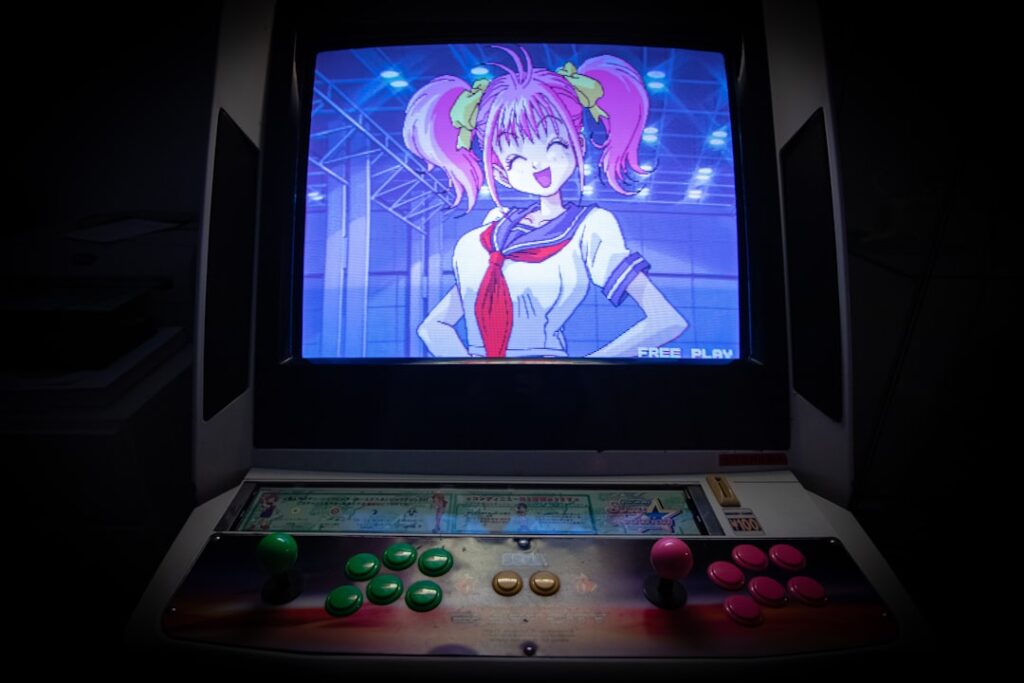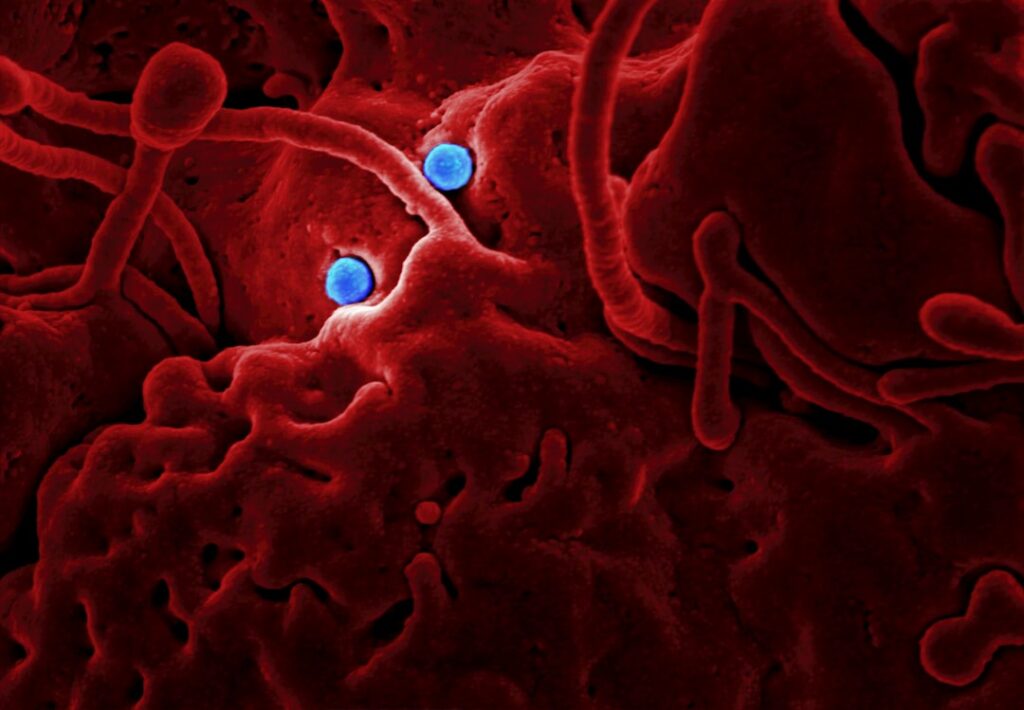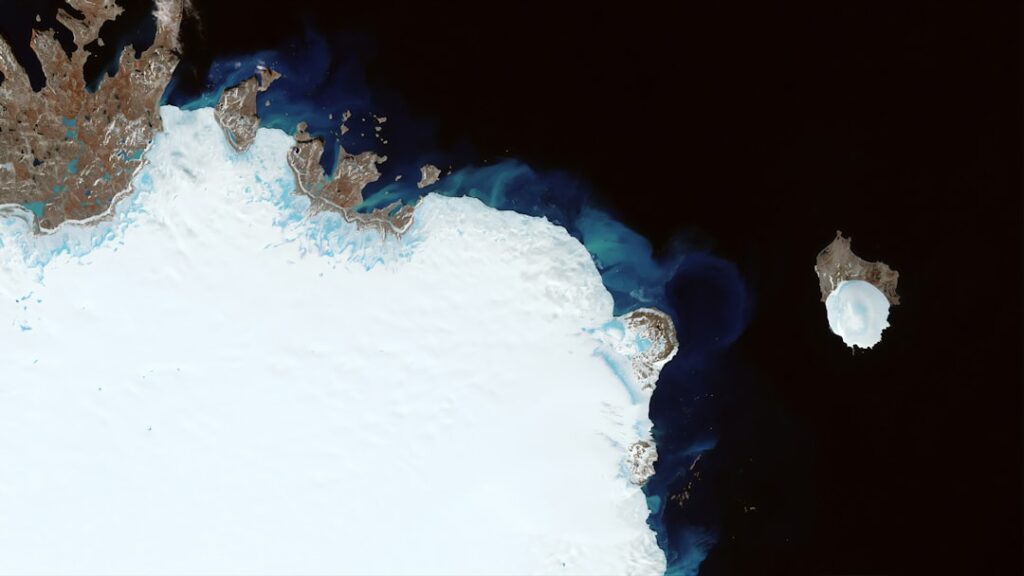Aniwave, a term that combines “anime” and “wave,” is a growing trend in the world of art and design. This unique style draws inspiration from Japanese anime and manga, and has gained popularity among artists and enthusiasts around the world. In this blog post, we will explore the origins of Aniwave, its influence on art and design, its presence in various industries, and how you can incorporate Aniwave into your own projects.
What is Aniwave and How Did it Originate?
Aniwave is a style of art and design that takes inspiration from Japanese anime and manga. It originated in Japan in the 20th century and has since spread to other parts of the world. Aniwave art often features vibrant colors, exaggerated proportions, and intricate details. It captures the dynamic and expressive nature of anime characters, bringing them to life on canvas or digital platforms.
The origins of Aniwave can be traced back to the rise of anime and manga in Japan. Anime refers to animated works, while manga refers to comic books or graphic novels. Both mediums have had a significant impact on Japanese culture and have gained international recognition over the years. As anime and manga became more popular, artists began incorporating their unique styles into their own works, giving birth to Aniwave.
Key characteristics of Aniwave art include large eyes, colorful hair, exaggerated facial expressions, and intricate backgrounds. These elements are often used to convey emotions and create a sense of depth in the artwork. Aniwave artists also pay attention to small details, such as clothing designs and accessories, to enhance the overall aesthetic of their pieces.
The Influence of Anime on Art and Design
Anime has had a profound impact on art and design across various industries. Its unique visual style has inspired artists in fields such as illustration, graphic design, fashion, and even architecture.
In the world of illustration, anime-inspired art has become increasingly popular. Artists often incorporate elements of anime, such as the use of vibrant colors and dynamic poses, to create visually striking and captivating illustrations. These illustrations can be found in magazines, books, and even on social media platforms.
Anime has also influenced graphic design, particularly in the realm of advertising and branding. Companies have recognized the appeal of anime-inspired visuals and have incorporated them into their marketing campaigns. This can be seen in the use of anime characters in commercials, packaging designs, and even website layouts.
Furthermore, anime has made its mark in the fashion industry. Aniwave-inspired clothing and accessories have become increasingly popular, with many brands incorporating anime characters and motifs into their designs. This trend has gained traction among both anime enthusiasts and fashion-forward individuals who appreciate the unique aesthetic.
From Manga to Aniwave: The Evolution of Anime-Inspired Art
| Year | Number of Manga Titles Released | Number of Anime Titles Released | Number of Anime Conventions Held |
|---|---|---|---|
| 2000 | 1,000 | 100 | 10 |
| 2005 | 2,500 | 250 | 25 |
| 2010 | 5,000 | 500 | 50 |
| 2015 | 10,000 | 1,000 | 100 |
| 2020 | 15,000 | 1,500 | 150 |
Manga and anime have a symbiotic relationship, with manga often serving as the source material for anime adaptations. As manga gained popularity, it paved the way for the rise of anime-inspired art.
In the early days, anime adaptations closely followed the art style of their manga counterparts. However, as technology advanced and animation techniques improved, anime began to develop its own distinct visual style. This led to the emergence of Aniwave art, which took inspiration from both manga and anime but added its own unique flair.
Over time, Aniwave art has evolved to incorporate various styles and techniques. Some artists choose to stick closely to the traditional anime aesthetic, while others experiment with different art styles to create their own interpretation of Aniwave. This diversity in styles has contributed to the richness and versatility of Aniwave art.
The Role of Color and Style in Aniwave Art
Color plays a crucial role in Aniwave art. Vibrant and bold colors are often used to evoke emotions and create a sense of energy and excitement. The use of color can also help differentiate characters and highlight important elements in the artwork.
In addition to color, Aniwave art is known for its unique style. Artists often incorporate exaggerated proportions, such as large eyes and elongated limbs, to create a distinct look. This style allows for more expressive and dynamic characters, adding to the overall appeal of Aniwave art.
Different artists may have their own signature styles within the Aniwave genre. Some may focus on creating highly detailed and realistic characters, while others may prefer a more simplified and stylized approach. These different styles contribute to the diversity and creativity within the Aniwave art community.
Aniwave in Fashion: Clothing and Accessories with Anime Flair

Aniwave has made its mark in the fashion industry, with many brands incorporating anime-inspired designs into their clothing and accessories. This trend has gained popularity among both anime enthusiasts and fashion-forward individuals who appreciate the unique aesthetic.
Aniwave-inspired clothing often features bold prints, vibrant colors, and references to popular anime series. T-shirts, hoodies, and jackets are commonly adorned with anime characters or iconic symbols from anime shows. Accessories such as hats, bags, and jewelry also feature anime-inspired designs.
To incorporate Aniwave fashion into your wardrobe, you can start by adding a few key pieces that showcase your favorite anime series or characters. T-shirts or hoodies with anime prints can be paired with jeans or skirts for a casual yet stylish look. You can also accessorize with anime-themed jewelry or bags to add a touch of Aniwave flair to your outfit.
Aniwave in Gaming: The Intersection of Anime and Video Games
Anime has had a significant influence on the gaming industry, with many video games drawing inspiration from anime art styles and storytelling techniques. This intersection of anime and video games has given rise to Aniwave in gaming.
Aniwave-inspired video games often feature vibrant and colorful visuals, dynamic character designs, and intricate backgrounds. These games capture the essence of anime, allowing players to immerse themselves in a visually stunning and engaging world.
Popular examples of Aniwave-inspired video games include “Persona 5,” “Ni no Kuni: Wrath of the White Witch,” and “Dragon Ball FighterZ.” These games not only showcase the unique art style of anime but also incorporate anime storytelling techniques, such as complex character arcs and dramatic plot twists.
Anime has also influenced the gaming industry in terms of character design and aesthetics. Many video game characters draw inspiration from anime, featuring large eyes, colorful hair, and exaggerated proportions. This fusion of anime and gaming has created a distinct visual style that is instantly recognizable and beloved by fans.
The Rise of Aniwave in Pop Culture
Aniwave has experienced a surge in popularity in recent years, with its influence extending beyond the realms of art, design, and gaming. It has become a significant presence in movies, TV shows, and music, shaping popular culture in various ways.
In movies, Aniwave-inspired visuals can be seen in films such as “Spider-Man: Into the Spider-Verse” and “Scott Pilgrim vs. The World.” These films incorporate elements of anime art styles to create visually stunning and dynamic scenes that pay homage to the medium.
In TV shows, Aniwave has influenced animated series such as “Avatar: The Last Airbender” and “Steven Universe.” These shows feature anime-inspired character designs and storytelling techniques, appealing to both anime enthusiasts and general audiences.
Aniwave has also made its mark in the music industry. Many musicians and bands incorporate anime-inspired visuals into their album covers, music videos, and stage performances. This fusion of music and anime creates a unique visual experience for fans and helps to further popularize Aniwave.
Aniwave Art Exhibits and Galleries: Where to See and Experience the Best
If you’re interested in experiencing Aniwave art firsthand, there are various art exhibits and galleries that showcase the best of this genre. These exhibits provide a platform for Aniwave artists to display their work and allow enthusiasts to immerse themselves in the world of Aniwave.
Popular Aniwave art exhibits and galleries include the Anime Expo Art Show in Los Angeles, California, and the Japan Media Arts Festival in Tokyo, Japan. These events feature a wide range of Aniwave art, including illustrations, paintings, sculptures, and digital art.
To find Aniwave art exhibits and galleries near you, you can search online for local art events or check with your local art museums or galleries. Social media platforms such as Instagram and Twitter are also great resources for discovering Aniwave artists and upcoming exhibits.
Aniwave Artists to Watch: Up-and-Coming Creators in the Genre
The world of Aniwave is filled with talented artists who continue to push the boundaries of the genre. Here are a few up-and-coming Aniwave artists to watch:
1. Yuta Onoda – Known for his stunning illustrations and use of vibrant colors, Yuta Onoda’s work captures the essence of Aniwave. His pieces often feature dynamic characters and intricate backgrounds, creating visually striking compositions.
2. Loish – Loish is a digital artist known for her unique style that combines elements of anime and fantasy. Her artwork often features strong female characters and vibrant colors, creating a sense of empowerment and beauty.
3. Sakimichan – Sakimichan is a digital artist who specializes in character design. Her artwork showcases her incredible attention to detail and ability to bring characters to life. She often incorporates elements of anime into her designs, creating visually stunning and captivating pieces.
To support and follow Aniwave artists, you can follow them on social media platforms such as Instagram, Twitter, and DeviantArt. Many artists also sell prints or merchandise featuring their artwork, which is a great way to support their work and showcase your love for Aniwave.
How to Incorporate Aniwave into Your Own Art and Design Projects
If you’re inspired by Aniwave and want to incorporate it into your own art and design projects, here are a few tips to get you started:
1. Study the Masters – Take the time to study the work of established Aniwave artists. Analyze their use of color, style, and composition to gain a deeper understanding of the genre. This will help you develop your own unique style within the Aniwave genre.
2. Experiment with Different Techniques – Don’t be afraid to experiment with different techniques and styles. Try incorporating elements of Aniwave into your existing art style or explore new techniques that align with the genre. This will help you develop your own artistic voice within the Aniwave community.
3. Find Inspiration – Look for inspiration in anime, manga, and other forms of media that incorporate Aniwave elements. Pay attention to character designs, color palettes, and storytelling techniques that resonate with you. This will help you develop a strong foundation for your own Aniwave-inspired projects.
Aniwave is a growing trend in the world of art and design, drawing inspiration from Japanese anime and manga. Its unique visual style has influenced various industries, including illustration, graphic design, fashion, gaming, movies, TV shows, and music. Aniwave art exhibits and galleries provide a platform for artists to showcase their work, while up-and-coming creators continue to push the boundaries of the genre.
Whether you’re an artist looking to incorporate Aniwave into your own projects or an enthusiast looking to appreciate the beauty and creativity of Aniwave art, this genre offers a world of inspiration and possibilities. So dive into the world of Aniwave and let your imagination soar.






